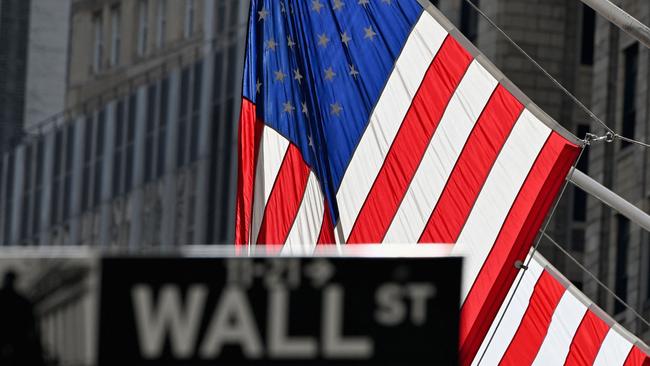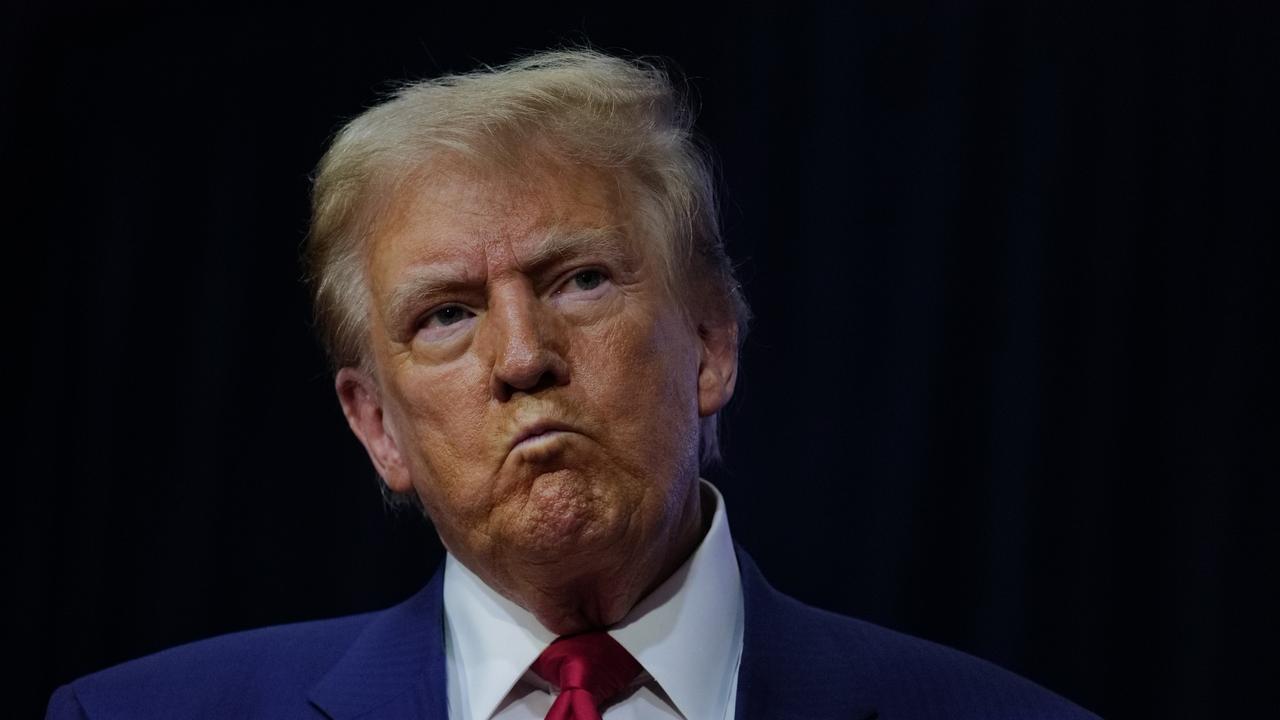Key short-term bond spread hits lowest level in nearly a year
The spread between the two-year Treasury yield and a key interest rate set by the Federal Reserve is showing a potential sign of financial-system stress.

The spread between the two-year Treasury yield and a key interest rate set by the Federal Reserve is the narrowest since the depths of the coronavirus market selloff, a potential sign of financial-system stress.
The two-year Treasury yield, which closed Monday at 0.113%, is 0.013 percentage point above the interest rate on excess reserves, or IOER. It traded as low as 0.105% earlier in February. The Fed pays banks on the reserves held above and beyond those required by central-bank regulatory policy as part of its effort to maintain liquidity in the financial system.
When the coronavirus sent markets and the economy into a tailspin in March, the Fed cut IOER by 1 percentage point to 0.10% -- alongside other interventions -- to shore up short-term lending markets and support economic activity. The spread between IOER and the two-year yield has typically been above 0.05 percentage point since the Fed cut the rate to its lowest level ever in March.
Traders said the shrinking of this spread reflects appetite for short-term debt as investors gobble up safe assets and park their cash. It also highlights a key tension point in financial markets: to what extent is Fed support for markets taking asset prices to unsustainable levels, and how vulnerable does that leave bond markets and other areas exposed to sudden reversals.
Analysts have been watching Treasury auction results to gauge whether increased fiscal spending and a supply surge of Treasury bonds would push short-term Treasury prices down and yields up. So far, that hasn’t happened. But bond traders are concerned that inflation could rise in coming months and years as the government prints money to support the economy and cover future borrowing costs.
Traders contend that short-term yields would be higher if the central bank wasn’t anchoring rates. The Fed has been buying $80 billion in Treasurys each month since June and slashed rates to near zero in March to stabilize financial markets.
The idea is that low interest rates and bond buying boost spending by providing cheap credit to businesses and households. Some bond investors fear too much cheap credit will mean inflation.
“What is typically the downside to something that looks perfect? Debt,” said Kevin Walter, co-head of global Treasurys trading at Barclays. He notes that the Treasury issued more than $350 billion in debt in February, compared with $197 billion a year ago.
Traders contend Fed policy is helping to artificially hold down rates, leaving Treasury markets vulnerable to a sharp reversal once inflation rears its head.
Yet inflation is running below 2%, having only rarely exceeded that Fed target in recent years, and the job-market recovery remains middling. Unemployment in February was at 6.3%, compared with below 4% since February of last year and jobless claims -- a proxy for layoffs -- have remained above the pre-coronavirus peak.
Another corner of U.S. markets is sending warning signals: the 10-year break-even rate, which tracks annual inflation expectations over the next decade, traded as high as 2.24% last week. The yield on the benchmark 10-year U.S. Treasury closed at 1.370% Monday, according to Tradeweb.
The spread, which is the difference between the break-even rate and the Treasury yield, recently widened to more than 1 percentage point. For some this is a sign that inflation isn’t far off, and in the meantime that financial markets remain vulnerable to bubbles.
“I would characterize the phase we are in now as an era of hyperstimulation between fiscal and monetary policy,” said Thomas Pluta, global head of linear rates trading at JPMorgan Chase & Co. “The byproduct is all this cash sloshing around the system chasing assets like crypto, commodities and meme stocks.” (Traders on Reddit’s WallStreetBets forum use memes such as a rocket emoji to accompany favorite stock picks like GameStop Corp.)
Dow Jones Newswires


